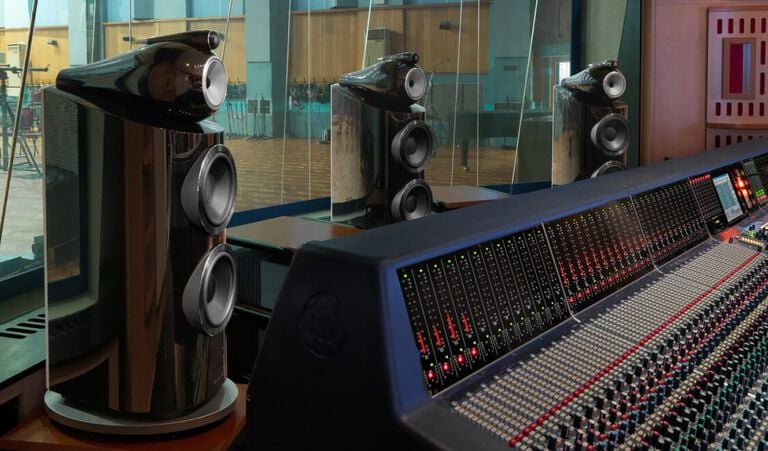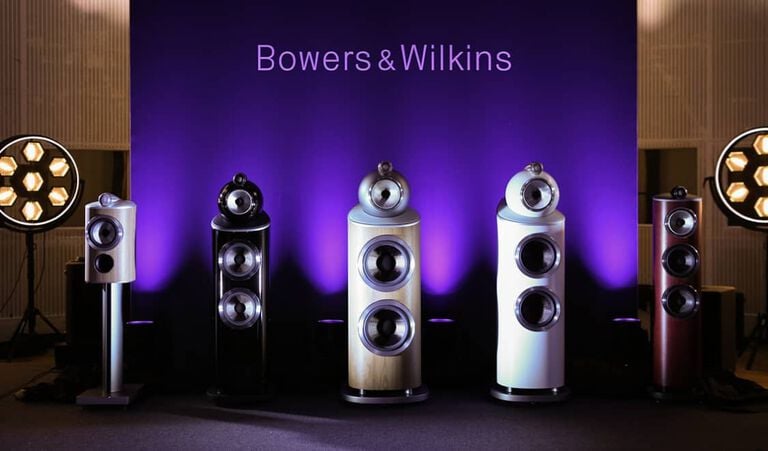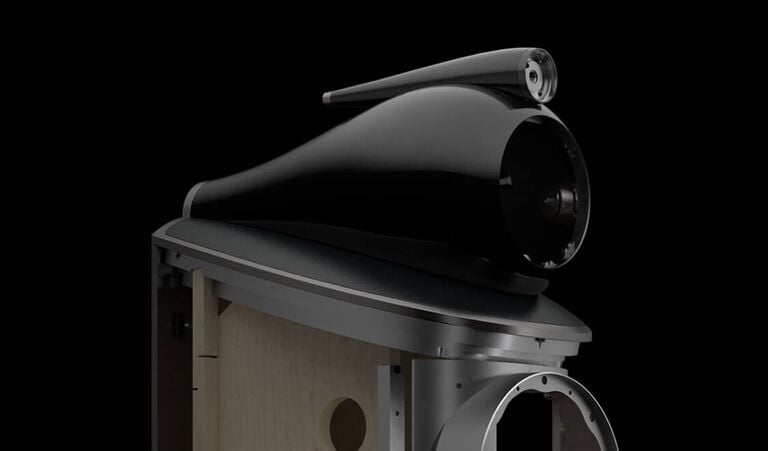Behind the scenes at Abbey Road: 800 D3 installation
Bowers & Wilkins loudspeakers have arrived at the recently refurbished Studio One at Abbey Road Studios. We share a behind-the-scenes look at setting up the 800 D3s in the world's best recording studio.
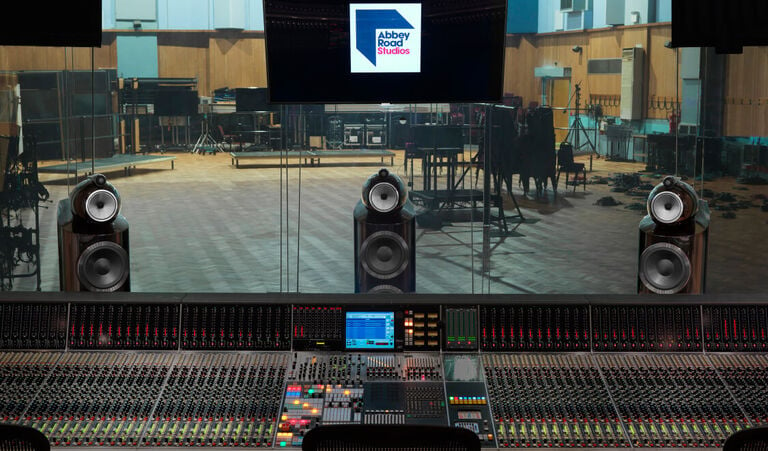
Unboxing and setting up three D3s in the world’s best recording studio is a task that requires utmost precision. The 800 D3s replace the original 800 D loudspeakers that have loyally served Abbey Road for nearly 15 years, marking the final piece of the puzzle for Abbey Road Studios after a recent refurbishment of Studio One.
The process began with Abbey Road’s Head of Technical Services Simon Campbell and Senior Recording Engineer Andrew Dudman visiting Bowers & Wilkins’ Steyning Research Establishment to compare the 800 D3s with their previous iteration.
Simon explains, “First and foremost we were there for Andy to listen to them. While I like to think my critical listening is reasonable enough it won’t be me sitting in front of them during sessions. Moreover, I was there to consider the logistics: their dimensions, footprint, speaker terminals, weight and how they can be maintained. Similar to the 800D Mk I in dimensions and footprint – ensuring we wouldn’t require new speaker stands – with robust speaker terminals and an impressive design to readily enable any potential maintenance I was also pleasantly surprised they weigh in at about 30kg lighter than their predecessors.”
Laser precision?
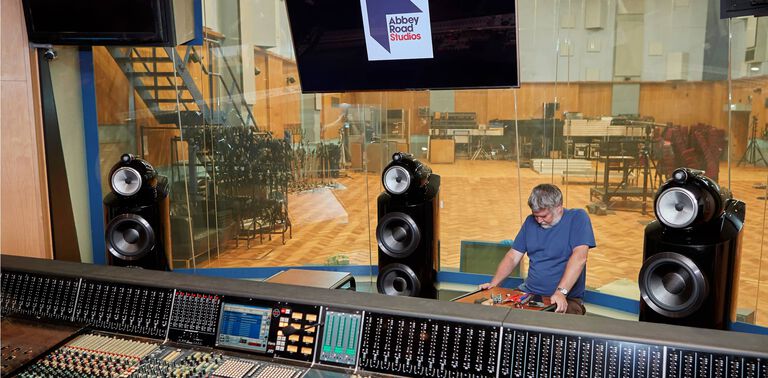
In Studio One the 800s sit on stands to elevate the midrange cones and the tweeters clearly above the AMS Neve 88RS console. Prior to the recent refurbishment of Studio One there were small discs fixed to the floor to locate the speaker stands in their correct position. The refurbishment included an upgrade to the studios’ HD video infrastructure requiring the control room carpet to come up in order to run a great deal of cable under the floor.
On completion, with a new carpet and no speaker stand locating discs, Simon and his team had to start afresh with the speaker placement. This is a rather meticulous process achieved with the aid of a laser measure to achieve equidistance from the engineer’s position atop a 360° scaled gimbal to ensure the speakers are at the correct angles.
Simon said, “We have a marker on the wooden floor in front of the console indicating the optimum engineering position. With the centre 800 D3 straight ahead, the left and right 800 D3s are placed 30° either side of that and all at equal distance from the marker. We then pivot the left and right speaker ever so slightly around their respective front-centres so they are not aiming directly at the middle of the engineer’s head. The target should be just behind their head so there’s a realistic sweet-spot.”
Done differently?
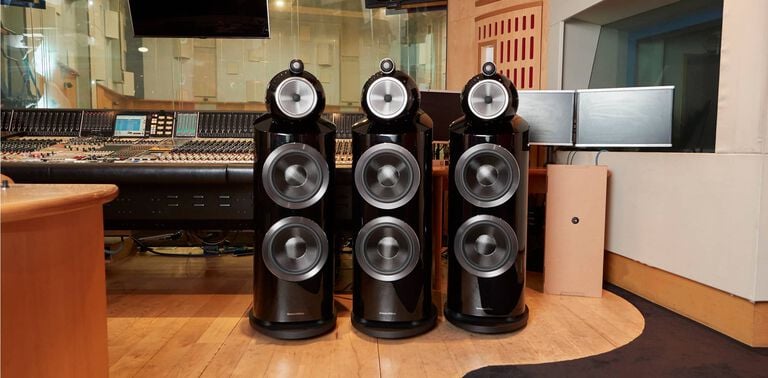
With the speakers in their correct positions, to acoustically align them Simon and the technical team feed line level pink noise – a signal distributed uniformly by octave throughout the audio spectrum – through the console with its monitor control in a fixed, given position.
The aim is to achieve a sound pressure level of 85 dBC at the engineer’s position from each 800 D3. Given the power amps have a fixed gain structure any changes are made by adjusting the appropriate potentiometers on the console while taking constant measurements from an SPL meter, and again, all at the engineer’s position.
Continued excellence?
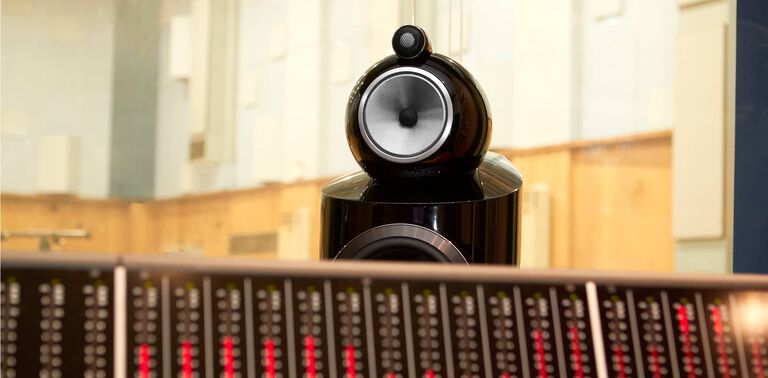
Studio One at Abbey Road continues to be the leading destination for recording iconic movie scores. Solo: A Star Wars Story, Black Panther, The Greatest Showman, Three Billboards Outside Ebbing Missouri and the multi-award-winning The Shape of Water are just some of the acclaimed films all sonically brought to life behind the walls of the storied studio.
And with the arrival of the 800 D3s in Studio One, Bowers & Wilkins and Abbey Road Studios will continue to offer an unparalleled sound experience for the world’s leading musicians and engineers.
Browse some of our related articles
